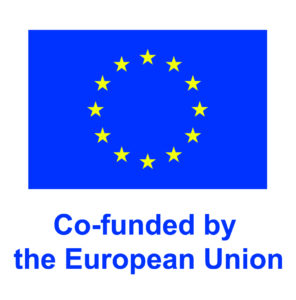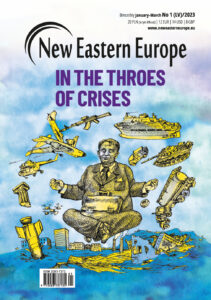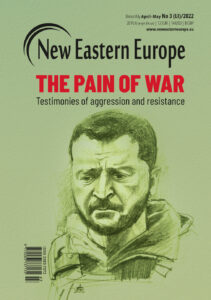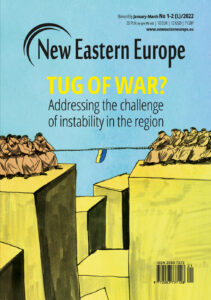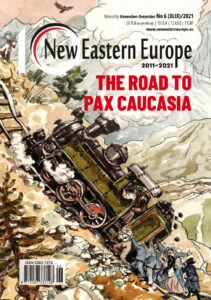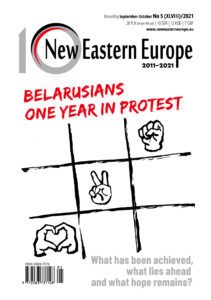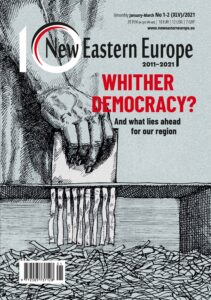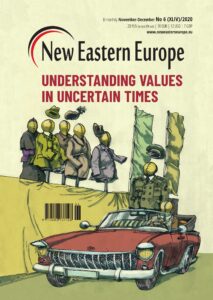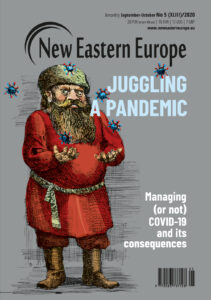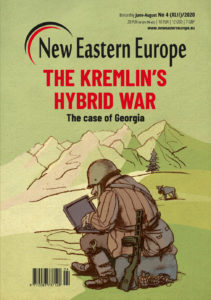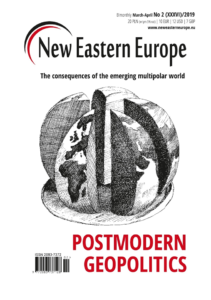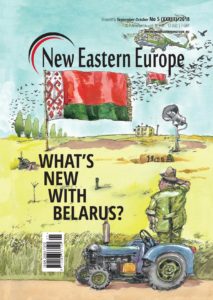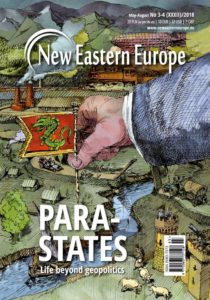An unambiguous legacy. Women and Solidarity
In mid-November of 2020 I participated in a roundtable at the annual conference of the Association of Slavic, East European and Eurasian Studies (ASEEES) on the theme, “Polish Solidarity: A Glorious Revolution and its Unexpectedly Tortuous Aftermath.” Joining me virtually were Timothy Garton Ash, Ireneusz Krzeminski, Jan Kubik, and David Ost. We were to reflect on the trajectory of this once enormous social movement in the post-communist reality. I, in particular, was invited to reflect on my work initiated by Solidarity’s Secret: The Women Who Defeated Communism in Poland, which I had published in 2005 and again in 2014. By the time of the academic roundtable, the world was riveted on the third, exhilarating week of wildly audacious, feminist-initiated, grassroots nationwide demonstrations across Poland in support of reproductive rights, democratic rule of law and separation of state and church. The euphoria of revolution was palpable.
February 3, 2021 -
Shana Penn
-
History and MemoryIssue 1-2 2021Magazine

Polish woman holds a sign the reads "Solidarity is female" Photo: Pamelapalmaz (CC) commons.wikimedia.org




